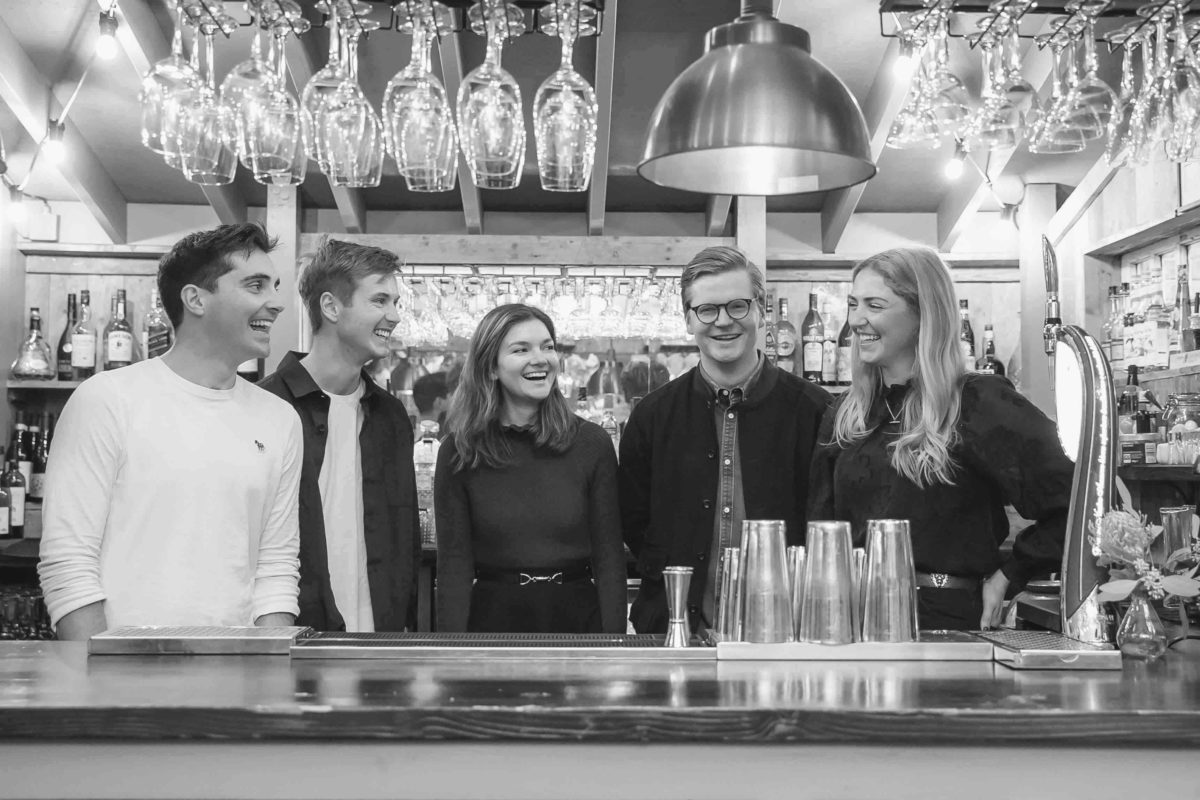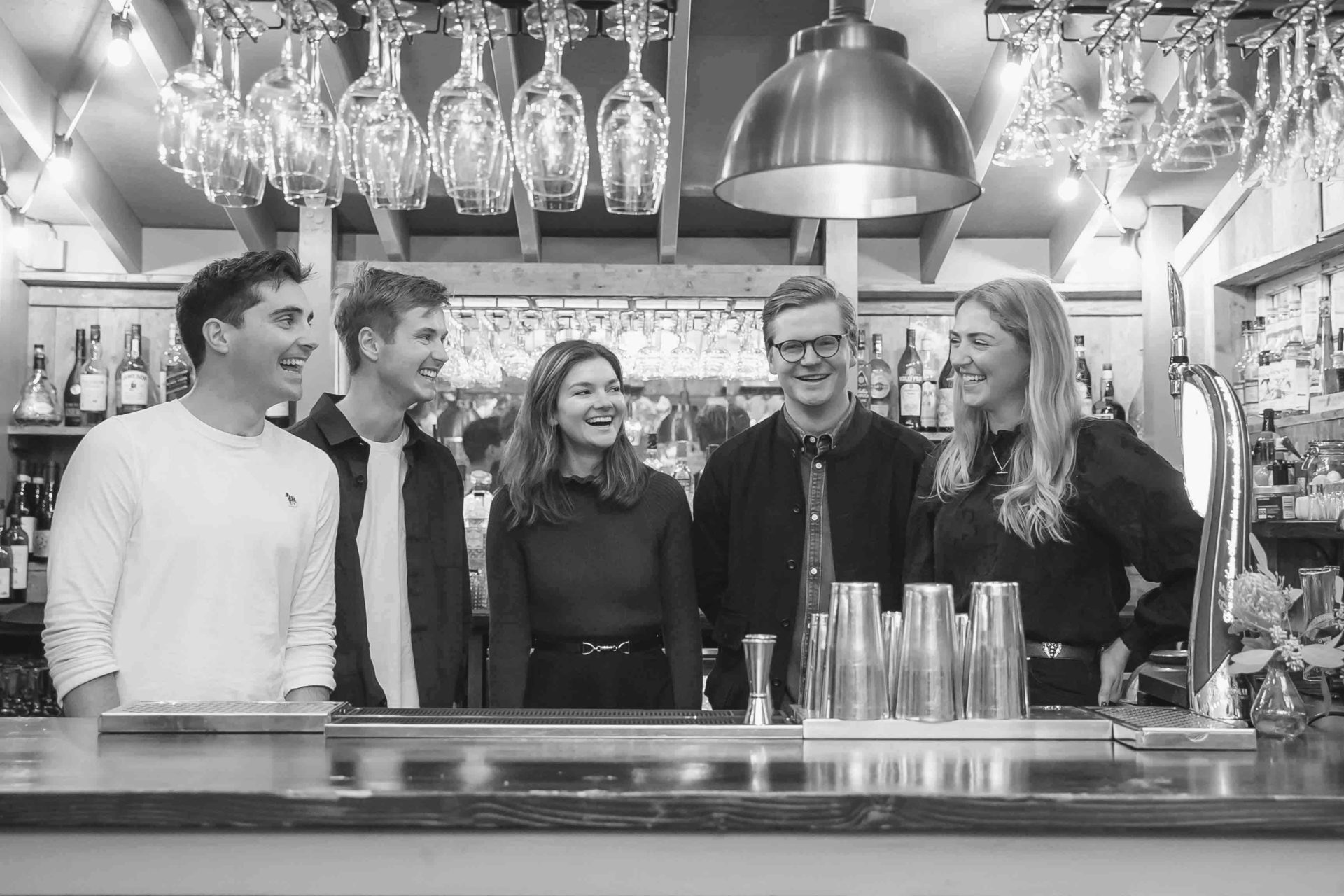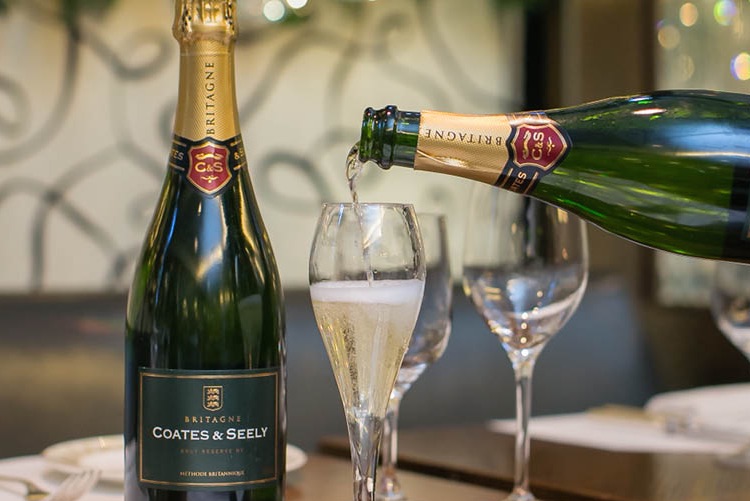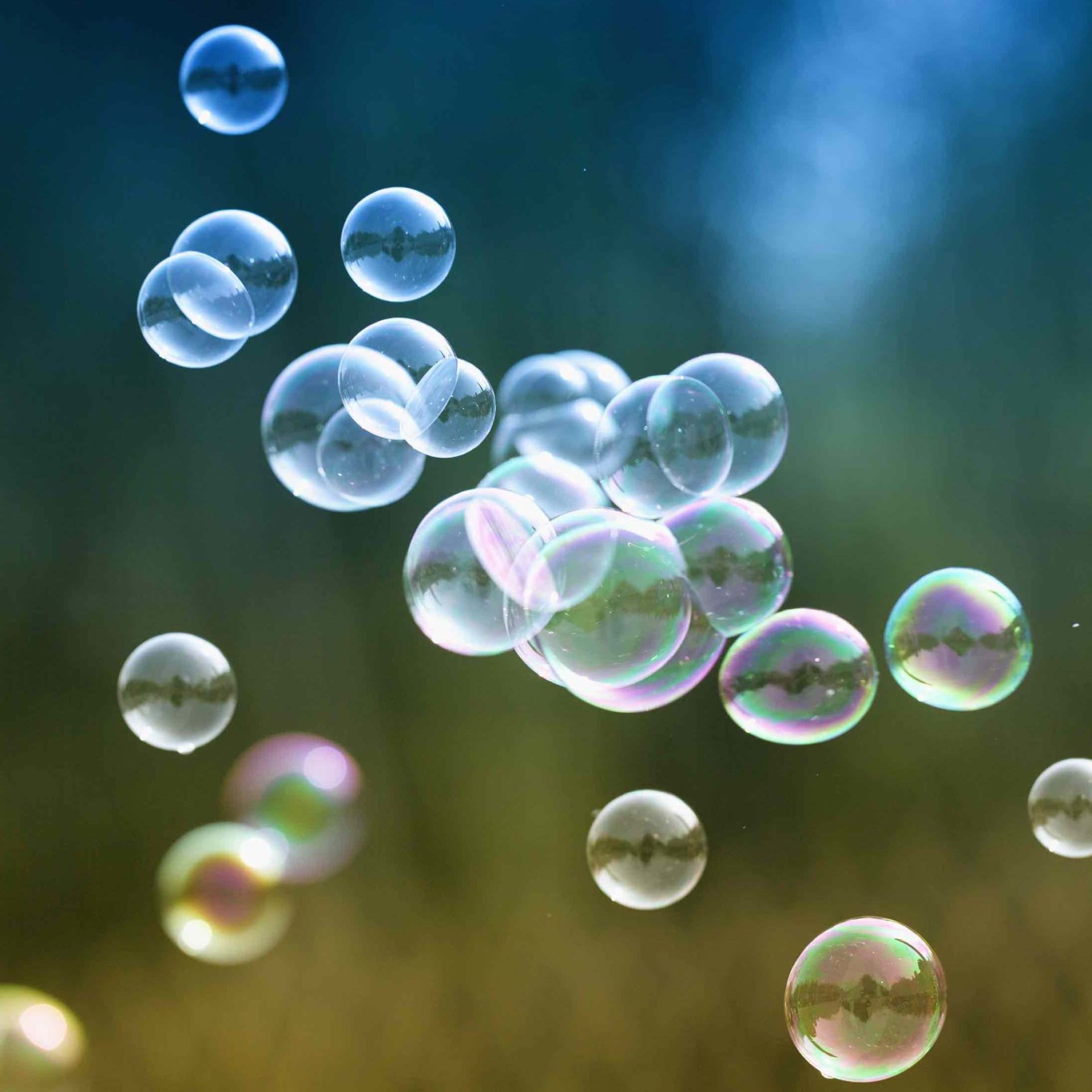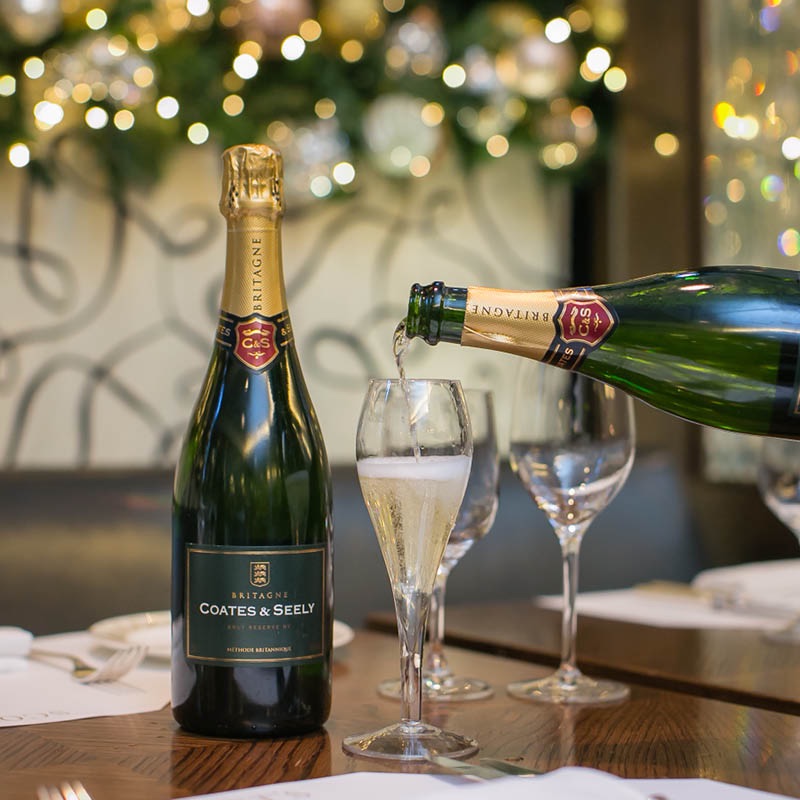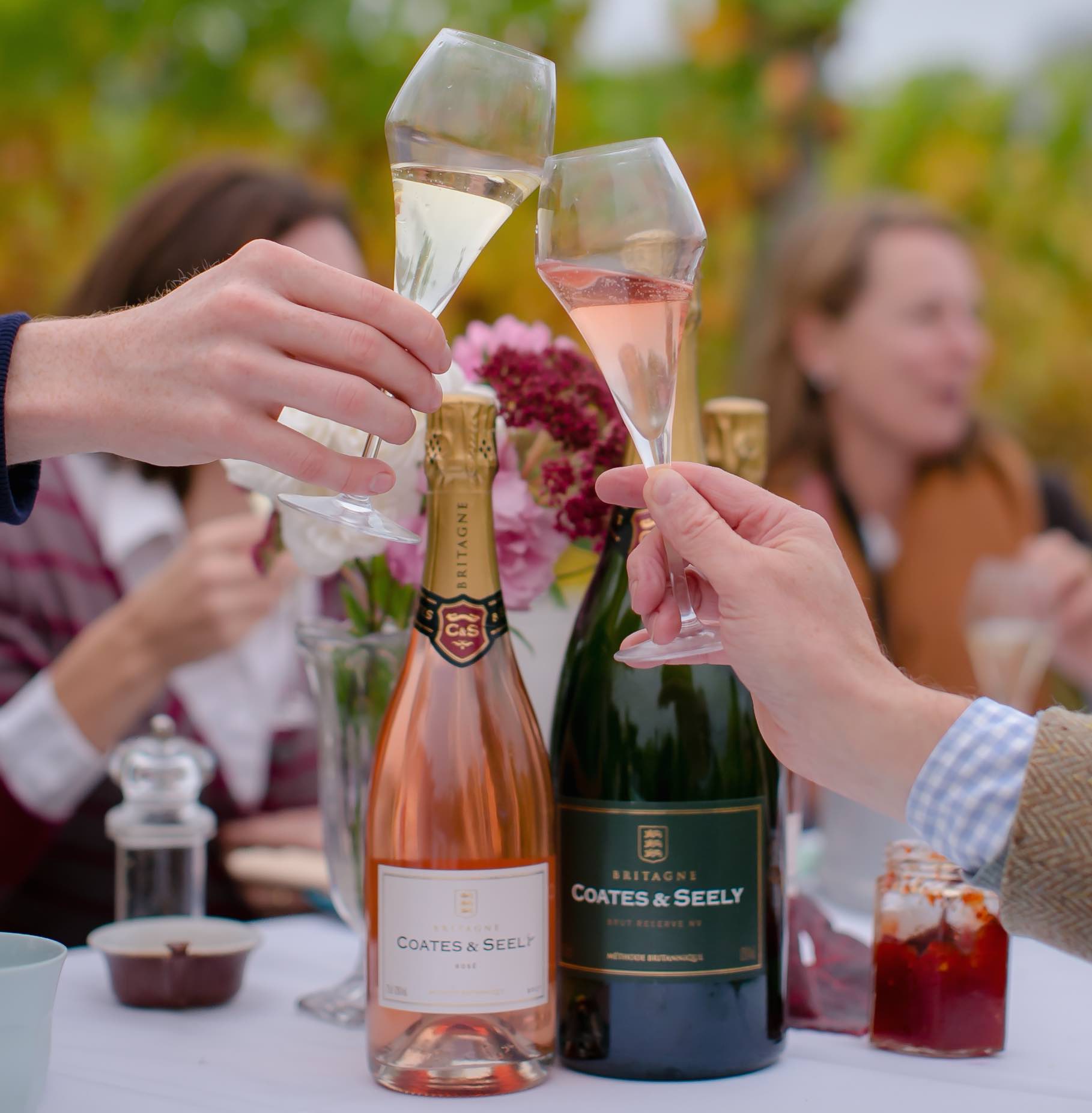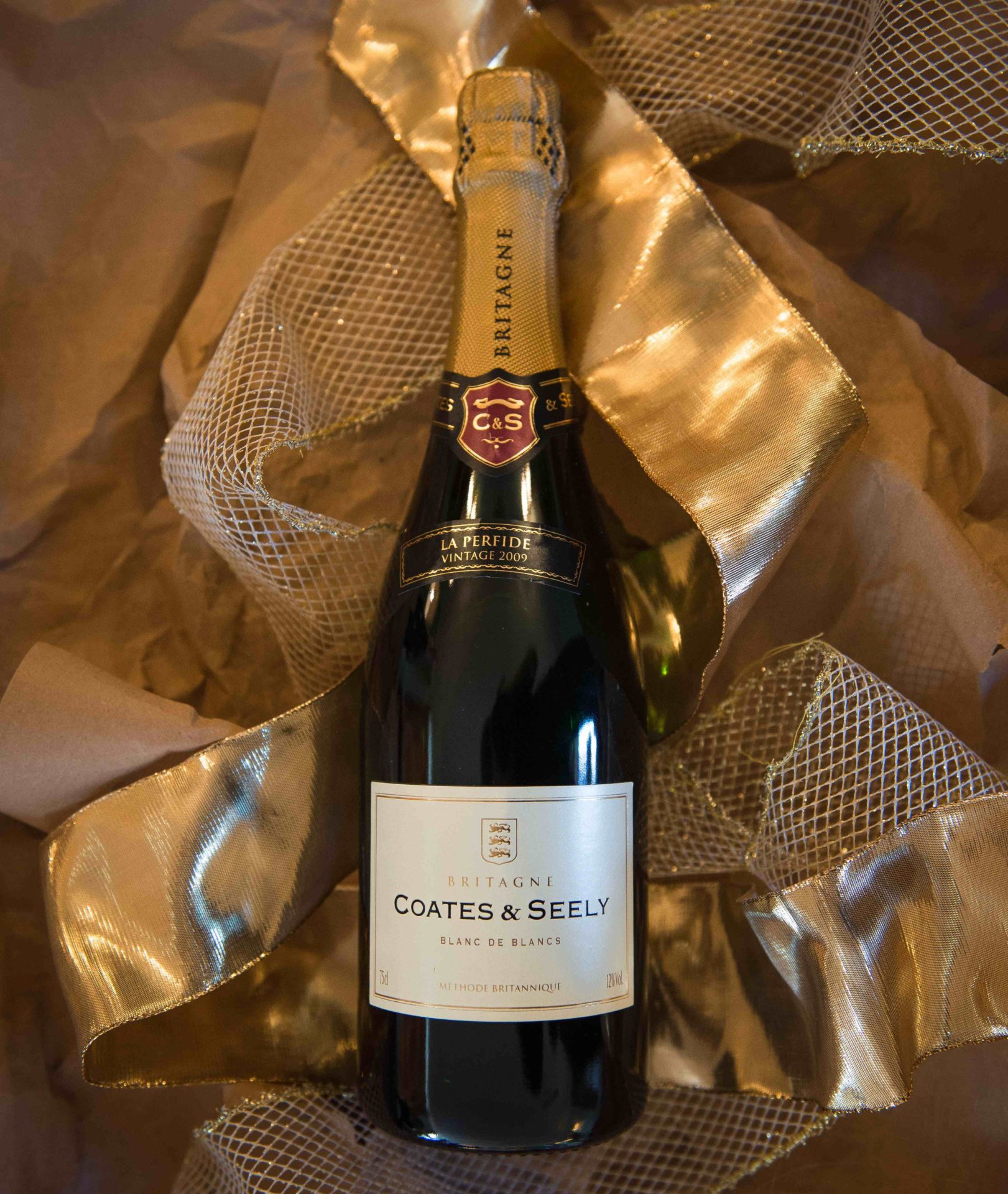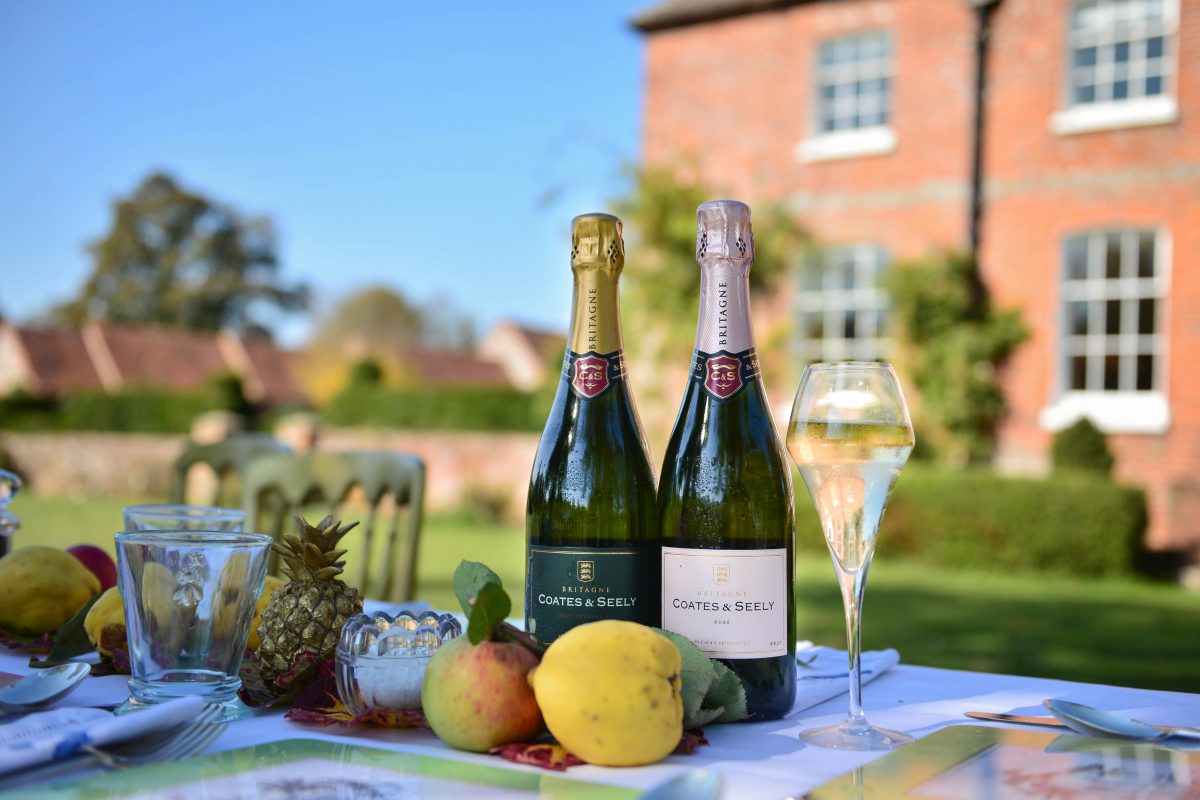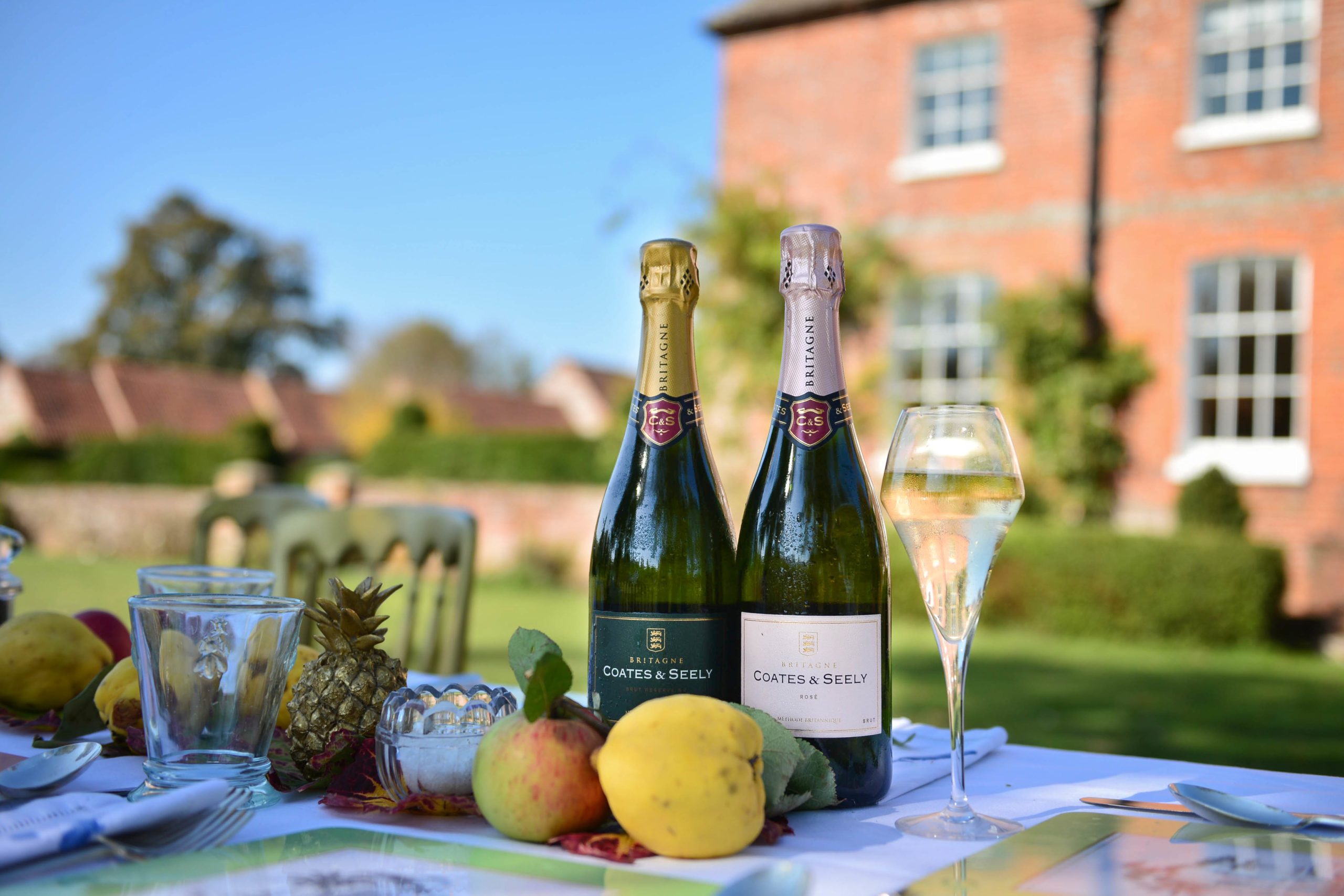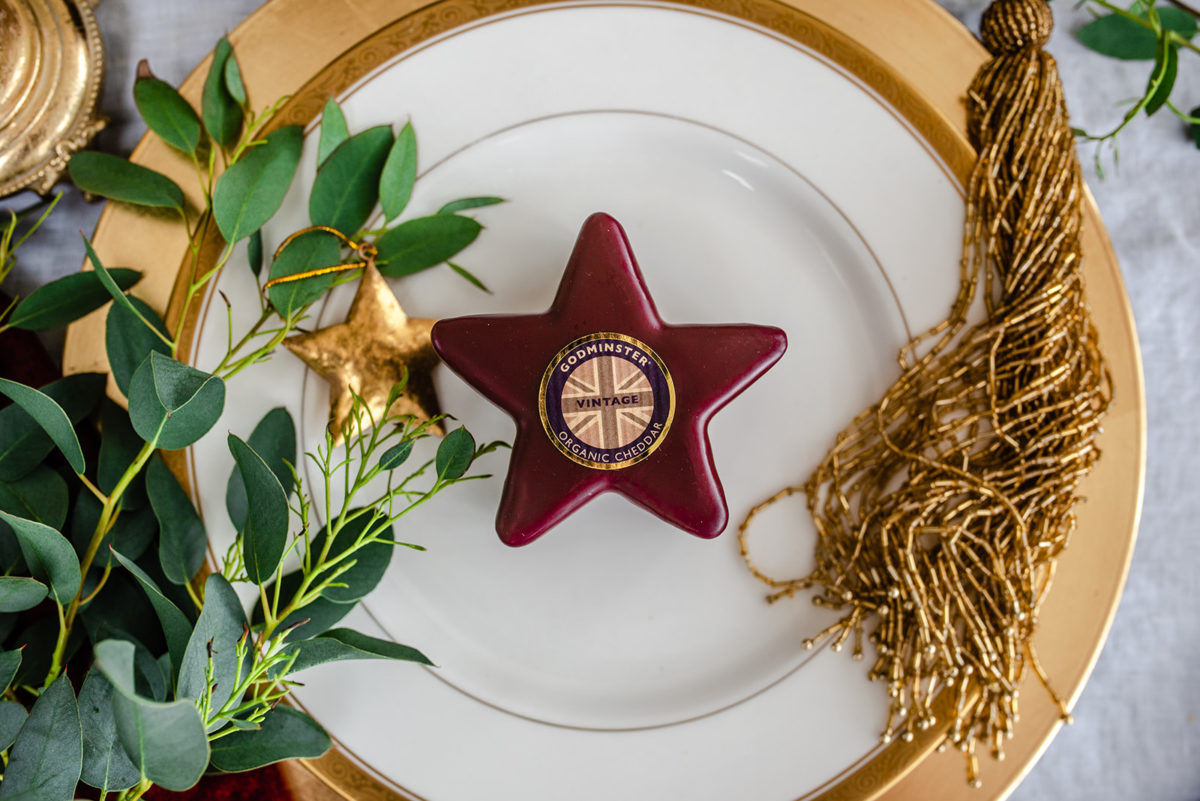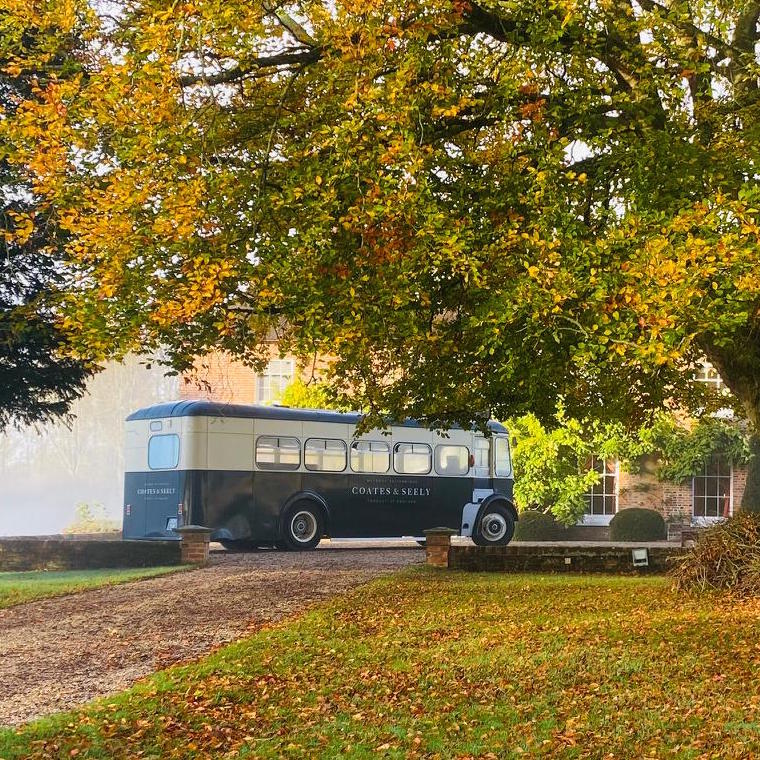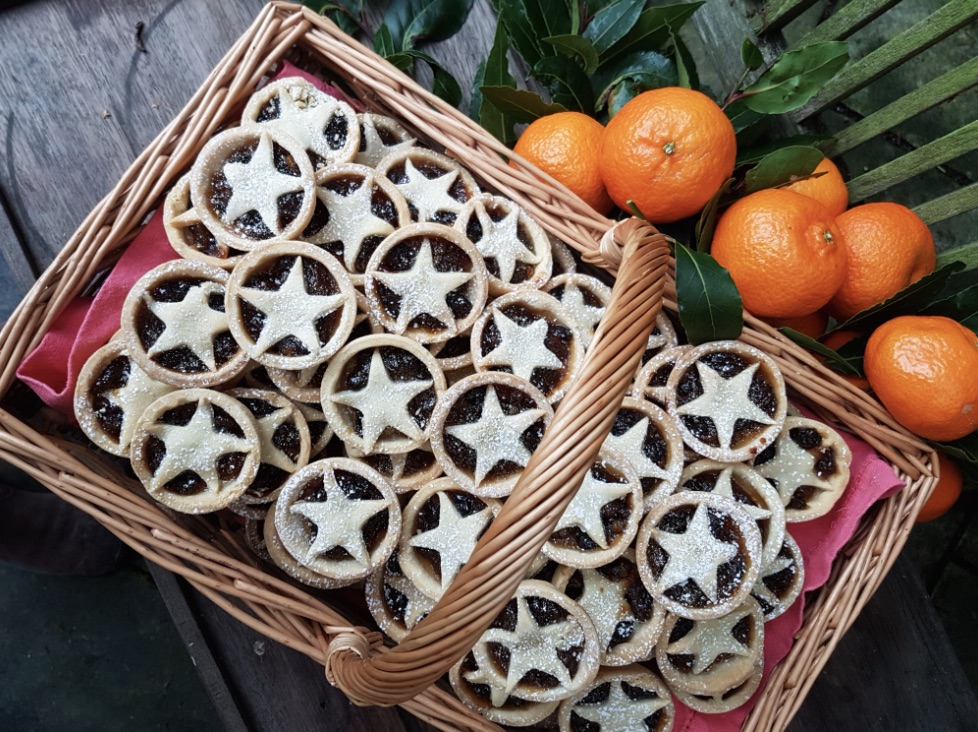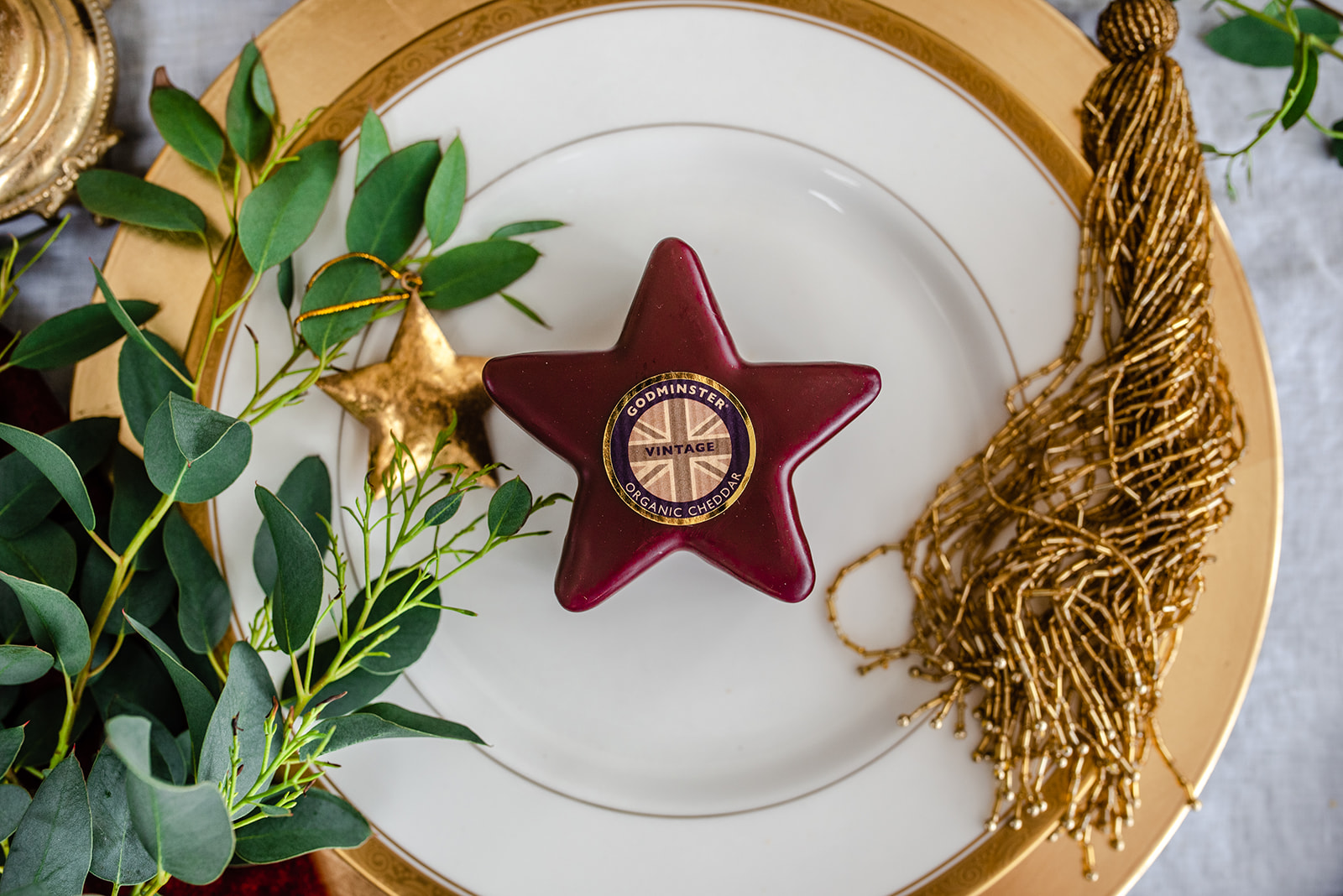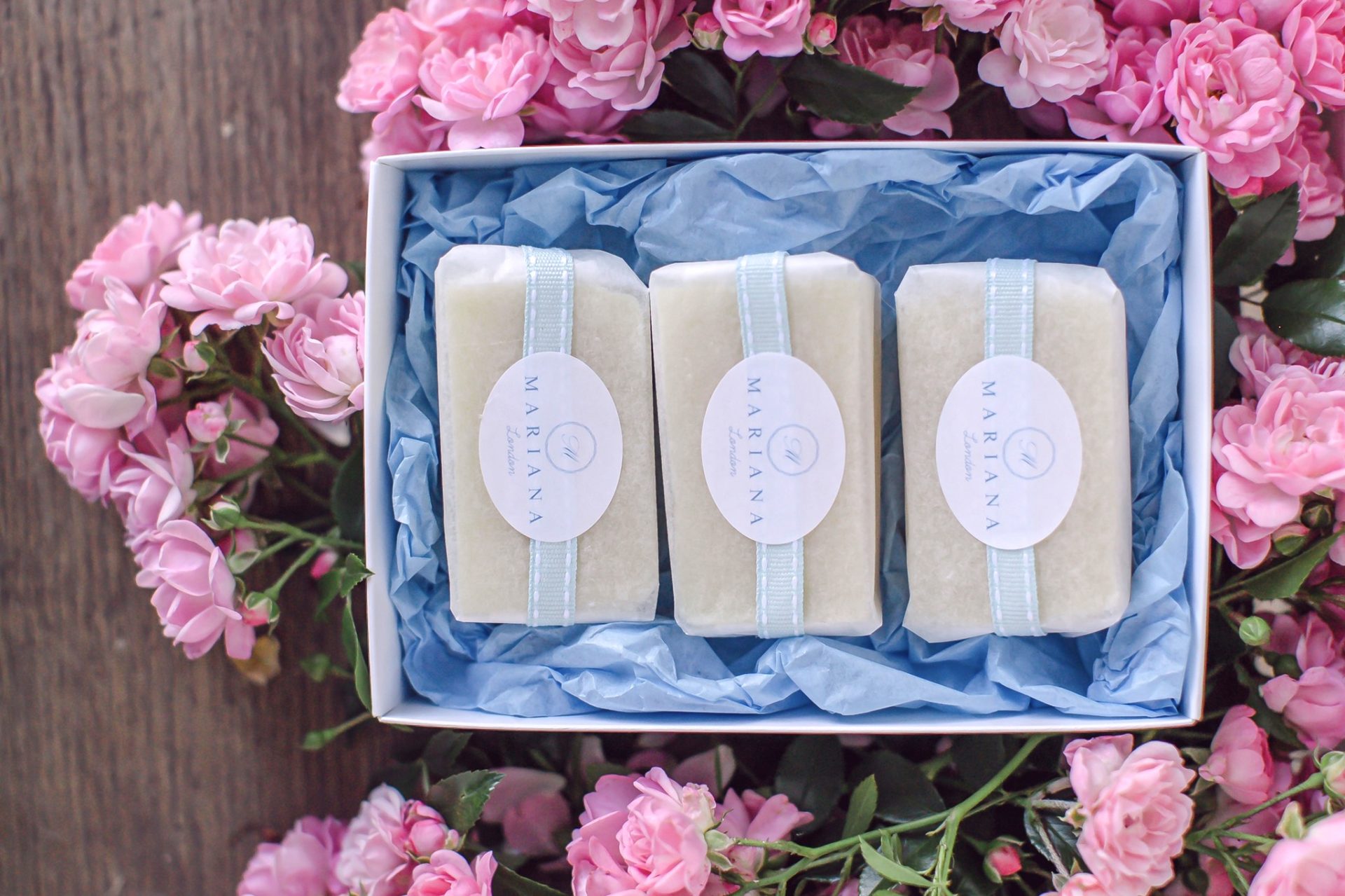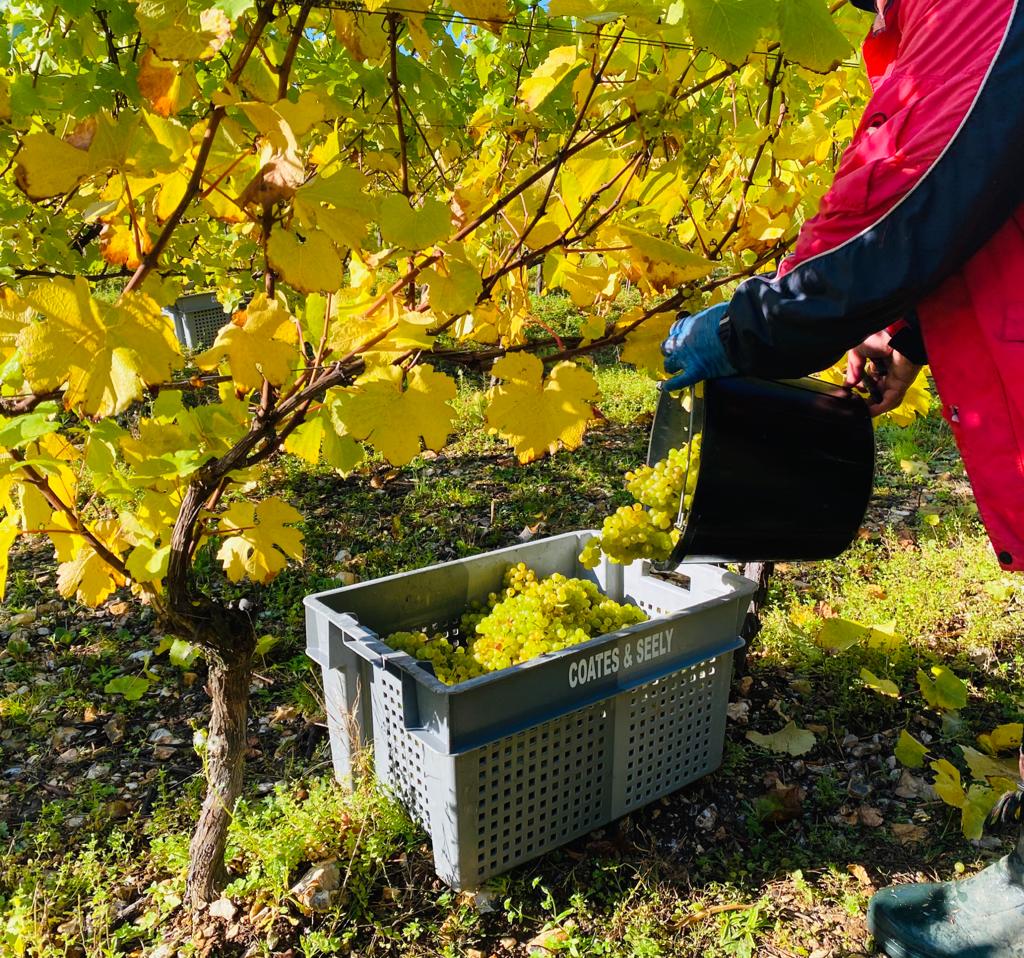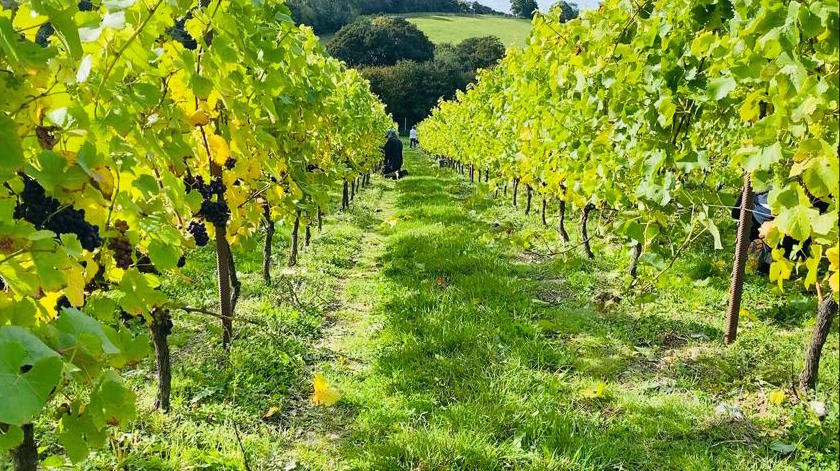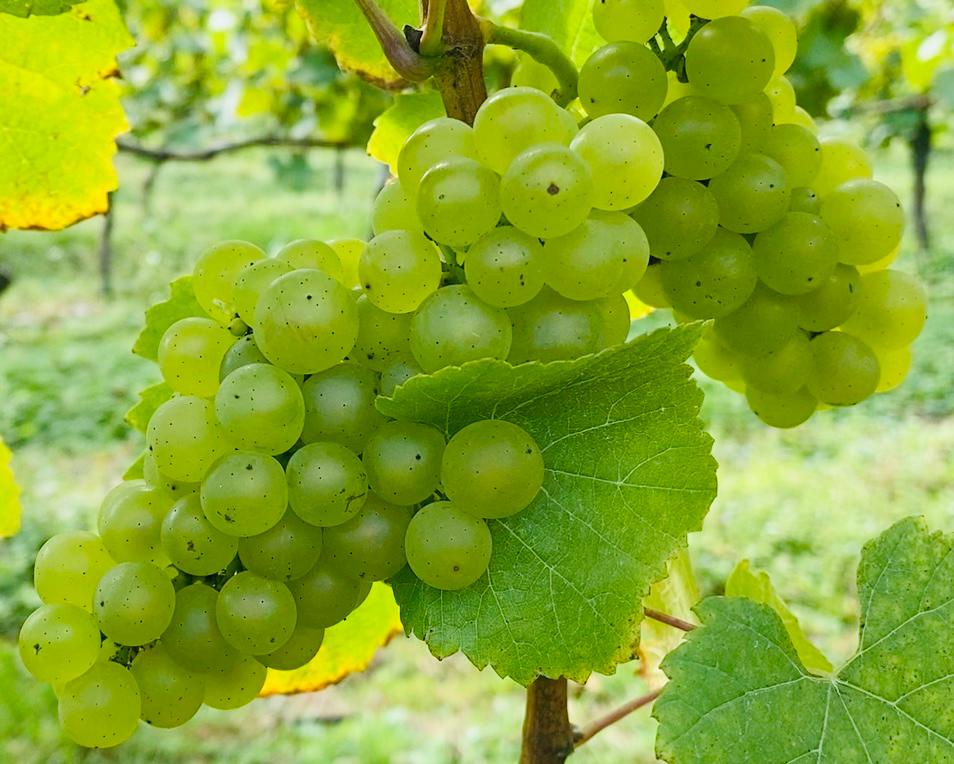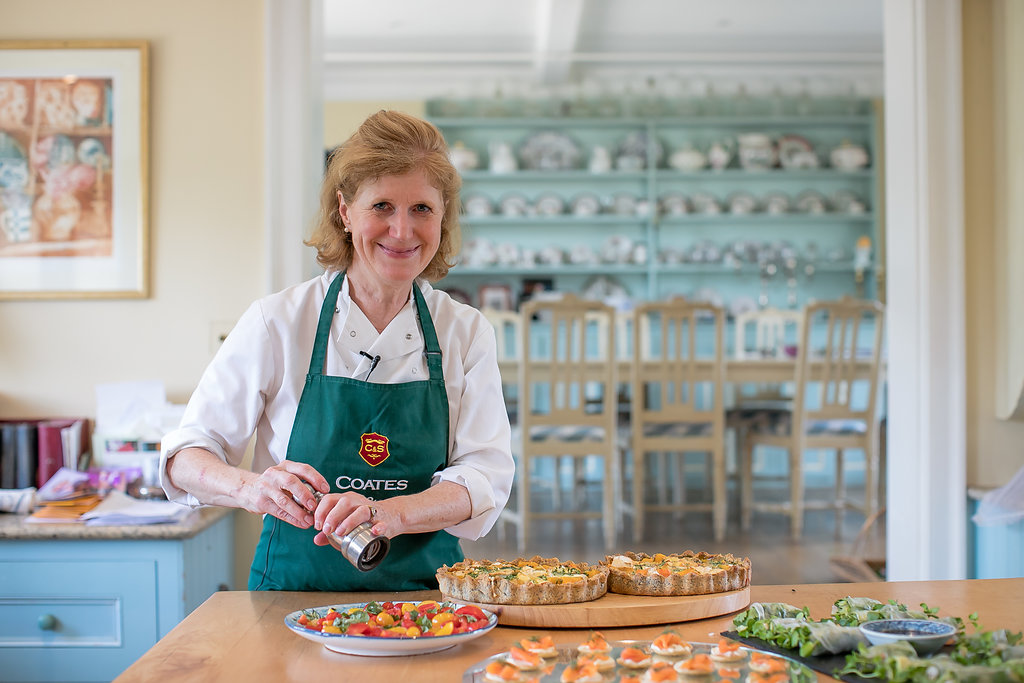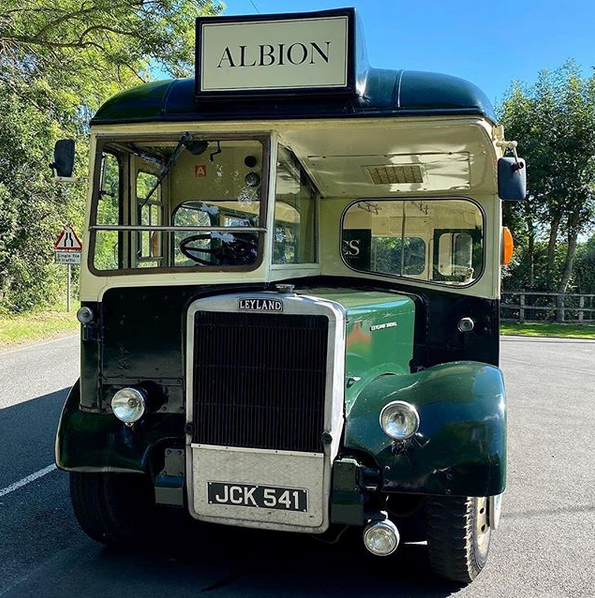Vineyards and Coronavirus
The story so far: consigned still to our bubbles, we look through the mists of the current pandemic, and across the dreary terrain of lockdown, to the sunlit uplands…

There are three great ‘natural’ smells in the world.
The smell of freshly baked bread.
The smell from the top of a new-born baby’s head.
And the smell of fermenting wine.
The others – there are too many to mention – of musk roses at night, of newly mown hay, freshly ground coffee, or a lover’s hair, are mere scents.
For each of the great ‘natural’ smells is linked to birth.
If you have never smelt fermenting wine, you must come and visit us, one evening in late October or November, after the harvest, when the grapes have been pressed and the winery doors are closed to the cold and dark outside.
Inside, in the musty warmth, as the first great act of vinification occurs, the smell of fermentation – of a bready sweetness full of fruit and ripeness and mystery – is one you will remember.
Now, with the first fermentation over and the wines safely bottled, the heady smells are gone. But we console ourselves, knowing that the yeasts and sugars inside the bottles are working another small miracle, in the release of the eddying spirals of millions of bubbles that will one day thrill our palates and lighten our spirits.
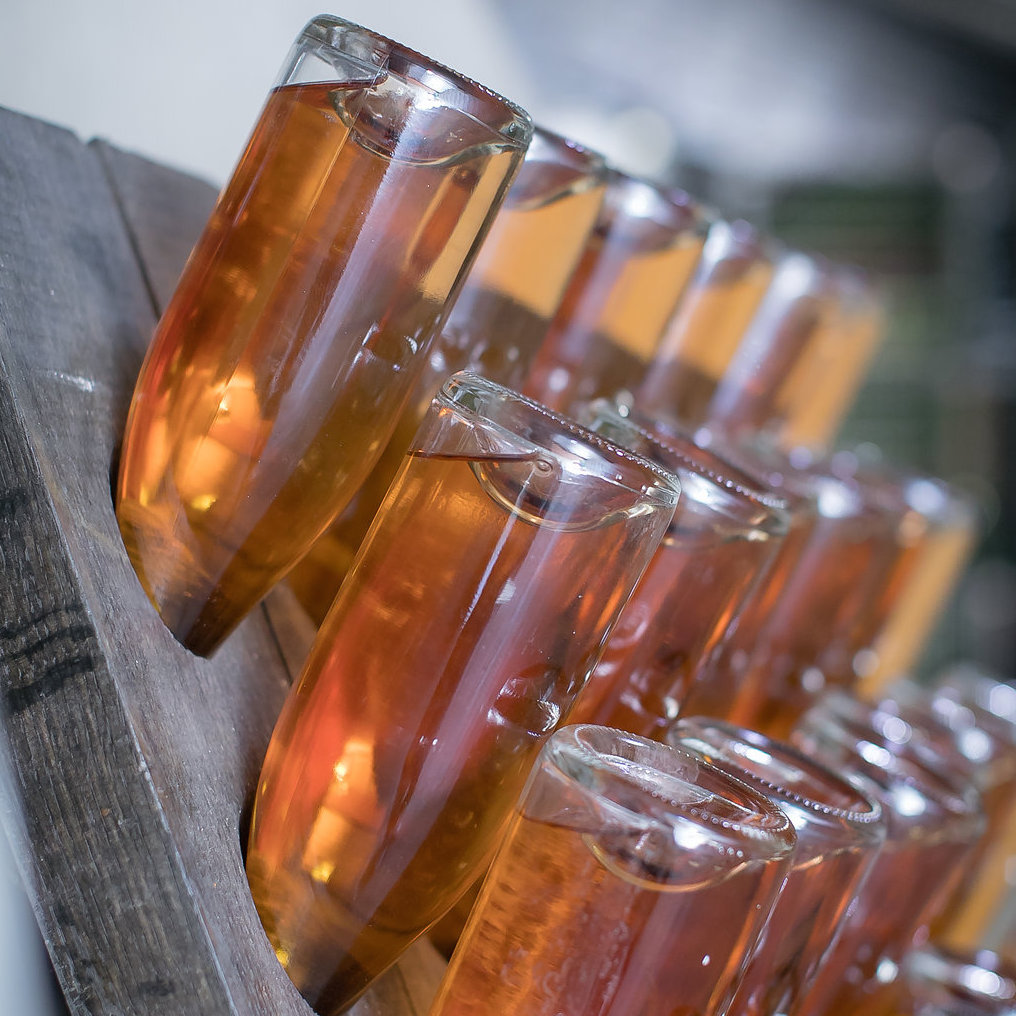
Outside, in the vineyards, the vines – as if in sympathy with the surrounding gloom – are in a death-like slumber.
They will remain that way until the cold finally loosens its grip and the pruning starts, in March, before the onset of spring and the swelling of new buds.
By then it will be one year since we wrote our first ‘Vineyards and Coronavirus’ diary entry.
Who would have thought…?!
Like you, we remain isolated in our bubble, but as we look out through the mists of the current pandemic, and across the dreary terrain of lockdown, we do so in the knowledge that the sunlit uplands lie ahead.
By spring new shoots will be curling along the trellis wires. Last year’s wine – like a brilliant child – will be lying safely on its lees, developing its own unique and beguiling aromas, and the first steps towards the end of lockdown will be in train.
It is now just a matter of time before we are once again mixing with friends and family, eating and drinking, dancing, travelling, celebrating or simply sitting rapt, once more, at theatres, in churches, at concerts.
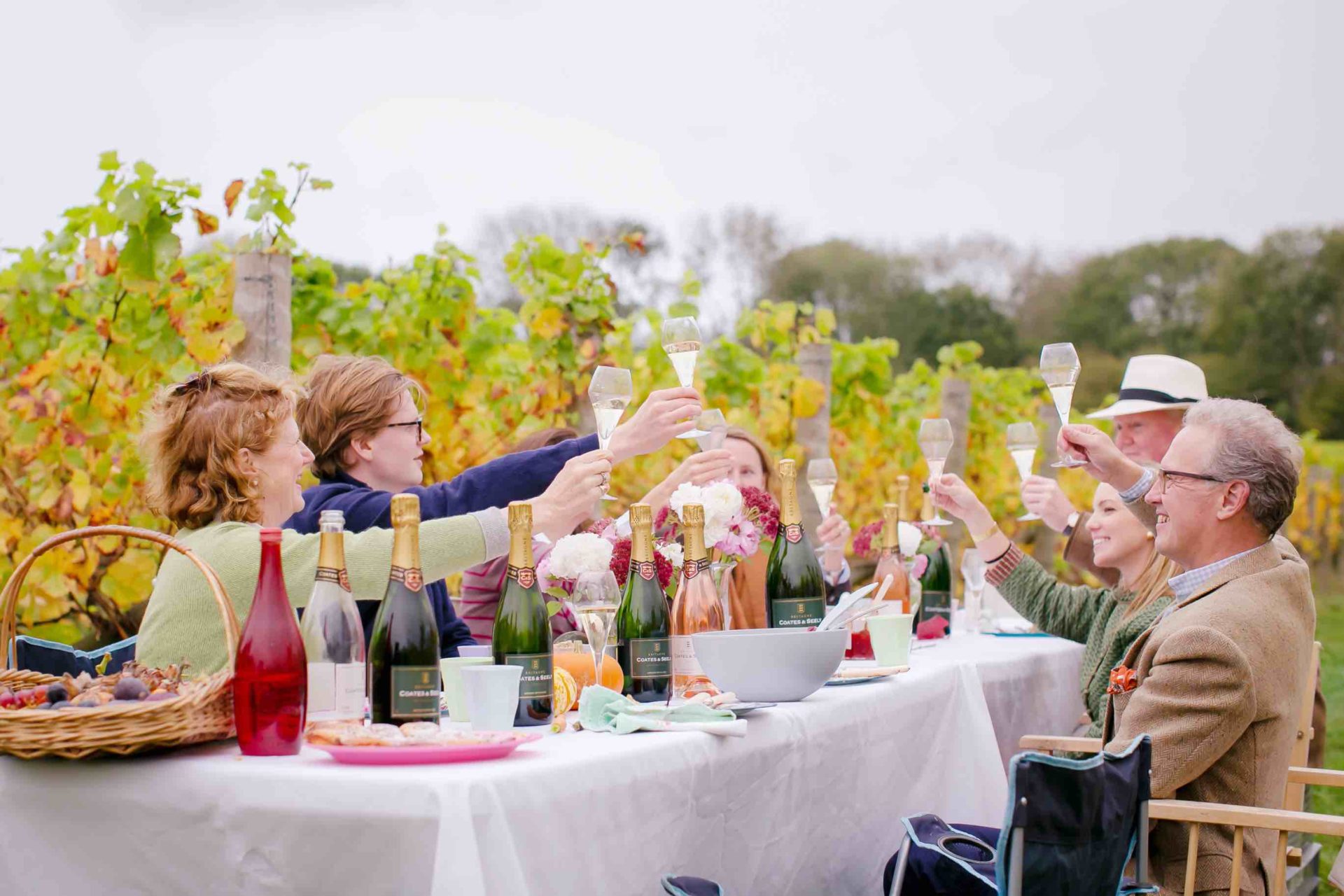
And if proof were needed that from adversity comes new growth, look no further than the launch of ‘Glass Half Full’.
Led by Tristram Coates, ‘Glass Half Full’ is the re-incarnation of the sales and marketing team at Coates & Seely into a fully independent sales and marketing company. It is now dedicated not only to that function for Coates & Seely, but to that of a number of other exciting, high-growth drinks brands.
Conceived in lockdown and bolstered by the appointment of a further four talented partners, ‘Glass Half Full’ formally launches next Monday, January 18th – otherwise known as ‘Blue Monday’, supposedly the most depressing day of the year – which, by dint of their infectious optimism and undeniable talents, will instead be turned into a day of celebration.
Proof that from adversity comes new growth.
A VERY HAPPY NEW YEAR TO ALL OUR FRIENDS OF COATES & SEELY!
